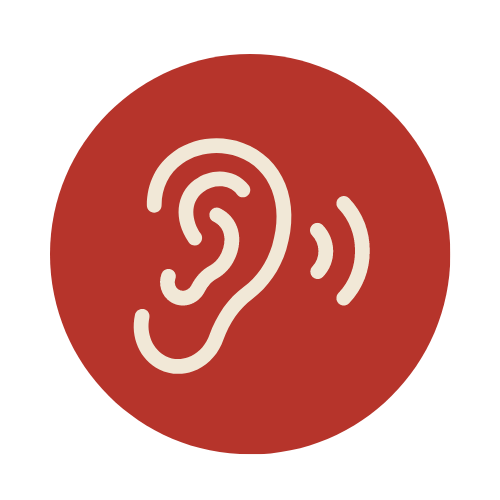
Introduction- Practice 1: Preparation
Resources

- Before launching the course, gather your study texts:
- Purchase your text: The Power of Mind: A Tibetan Monk’s Guide to Finding Freedom in Every Challenge by Khentrul Lodrö T’hayé.
- For those who enjoy multiple perspectives and further study, we recommend purchasing the following two texts, which are available for purchase online:
- The Great Path of Awakening by Jamgon Kongtrul
- Enlightened Courage by Dilgo Khyentse
- Review the supplemental resources for this section:
- Vocabulary for Introduction
- Root Text: Seven Key Points of Mind Training (Also found in Appendix 2, p. 239 in The Power of Mind)
Assignments

Assignment 1
- Prepare your study materials:
- Journal— Purchase or select a blank journal that you can use over the course of the next several months to capture your study questions, notes, and reflections. Take a moment to prepare this journal with any title, decoration, or other means to make it your own.
- Keeping Track— Review the Root Text: Seven Key Points of Mind Training and develop a way to track your progress of your training in each statement of the text in your journal. You might take the time to write out each of the statements with a checkbox or any other system that works for you.
- Flash Cards— Flashcards are an excellent way to strengthen your ability to actively recall and implement the mind training practices throughout your day. Purchase a set of index cards so that you can make a card for each practice in the class.

Assignment 2
- Listen to the recording for this practice, The Seven Key Points of Mind Training Introduction.

Assignment 3
- In your journal, set your own personal intentions for this course. You can also note any initial questions you might have or any reflections that come to mind after listening to the introductory recording.
- Initially, you will use your journal to capture any personal reflections you have about the weekly practices. Later in the program, we will give you specific prompts and/or unique assignments.
- Make a flash card for each seven key points. Memorize the names of each one. Memorization of the outline helps you remember the meaning and also to start recognizing why they are laid out in this order.
- Test your recall by trying to name the seven points from memory at least three times a day.
An easy way to memorize the seven key points is to paraphrase them as follows:
- The preliminaries
- The main practice
- Transforming adversity
- Integration
- Measuring proficiency
- Commitments
- Advice

Assignment 4
- There is a lesson discussion area at the end of each lesson. This is an excellent place to foster connection, share ideas, refine understanding, and provide mutual support as you create new mental habits. Interaction with the program and among classmates helps to bring this program to life and to remind us that we are part of something larger than ourselves. Please be mindful that your comments reflect the intention of the lojong practices – loving kindness and wisdom. While it is optional to share in the discussion, but we encourage you to do so throughout the program.
- Introduce yourself in the lesson discussion section below by answering the following questions:
- What is your name and where are you from?
- What drew you to mind training?
- What are you looking forward to about mind training?
** Students must first log in to the website to be able to participate in the lesson discussion area.
